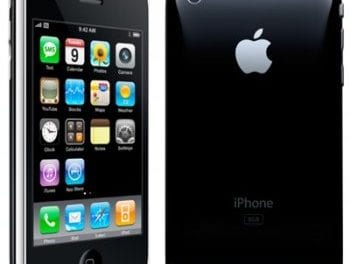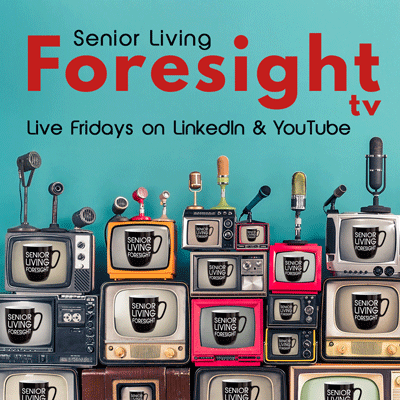By Jack Cumming
Empathy training is emerging as a popular activity in senior living. The premise is that most residents are failing and that simulating these failed functions for staff can help employees sympathize with what residents are experiencing.
Relating to Frailty
This has given rise to a spate of new technology companies, one of which I stumbled across recently. The company touted that it offers “immersive training” by using a complex technology to invite workers to, “Come walk a mile in someone else’s shoes to learn what it’s like to have changes in vision, hearing, cognition, and more.” The question that immediately leapt to mind was whether the complexity and cost of the technology added enough value to the process to justify the expenditure.
The company, though, also headlines that it has received “. . . its first seed round of $3.2 million to continue to scale their immersive training platform for the aging care workforce with growth capital from five renowned venture capital firms across healthcare, technology, and social impact.” Those of us who are fans of the ABC TV series, Shark Tank, know that merely attracting seed money does not equate to market acceptance or even to long term value. That headline alone led me to consider the company’s premise of empathetic training with some skepticism.
Is Technology the Solution?
Recently, I sat in a training room watching pilot testers of the software struggle with the devices that were intended to change their sensory experience. The equipment claimed to allow staff to have the feelings of age-related vision loss, e.g. macular degeneration; hearing loss, e.g. the loss of auditory clarity; and more. As a resident allowed to watch, I sat quietly at the back of the room, unseen and invisible to all but one of the staff members caught up in their training.
I couldn’t help but think that the experience of walking in the shoes of the elderly did not address the challenge of invisibility, which is a common experience among old people, perhaps especially in senior living residences. It’s not surprising that staff become desensitized when surrounded by so much decline and heartache. We’re all more comfortable with people like us. As I reflected on the training I was watching, it occurred to me that focus groups of residents meeting with staff under the guidance of a facilitator, perhaps a trained social worker, might do much more to foster a collective culture of mutuality than does the experience of a technological device.
Of course, such a focus group approach does not fit the Aging 2.0 Conference culture and would be unlikely to attract venture capital seed money. But that personal touch, and the authenticity it brings of meaningful interactions and insights, can be so much more empathetic than sitting at a table, facing a wall, and interacting with a computer.
Oculus Virtual Reality
Those who know me, know that I love technology. I recently bought an Oculus Virtual Reality headset, so I could try it out and see if the experience lives up to the hype. I quickly found that it is difficult for people who wear glasses to easily use the Oculus headset. The Oculus, though, does work well for hearing loss, since it links to an iPhone app that connects directly by Bluetooth with the latest hearing aids.
The Oculus is fun for ten minutes or so, after which it quickly becomes tiresome. I tried watching a 3D movie with the headset and soon got a crick in my neck. As a follow-on experiment, I watched the same movie, Top Gun, in 3D on my 3D television. Without the sensory detachment of the Oculus, direct viewing was much more satisfying. But even so, the 3D interaction, like that of virtual reality, only detracted from the immersive experience of a compelling film story.
Takeaway
The takeaway is that commonsense, keeping technology in perspective, can go a long way toward improving the culture of aging. In senior living, central offices for multi-facility providers have a different culture from the communities, and central office employees have little contact with elderly residents. Visitors from the central office are received as authorities regardless of their knowledge, judgment, or background. With the central office visitor’s concentration on corporate interests, residents can be no more than a distraction.
Some technology can genuinely make a difference. Distributing Alexa devices to the elderly and getting them started can go a long way toward combating isolation, depression, and withdrawal. That said, however, the old-fashioned way of helping caregivers and staff to relate to those in their care is likely to be as effective, and even more effective, than complex technologies.
Caring for a family member, say your mother, whom you’ve known for 50 or more years and who is now failing, doesn’t require empathy training. It just comes naturally from the bonds of love formed over those decades. Bringing caregivers to see their failing residents as the multi-faceted people they are – each with a story – is most often more effective than strapping on a device.







